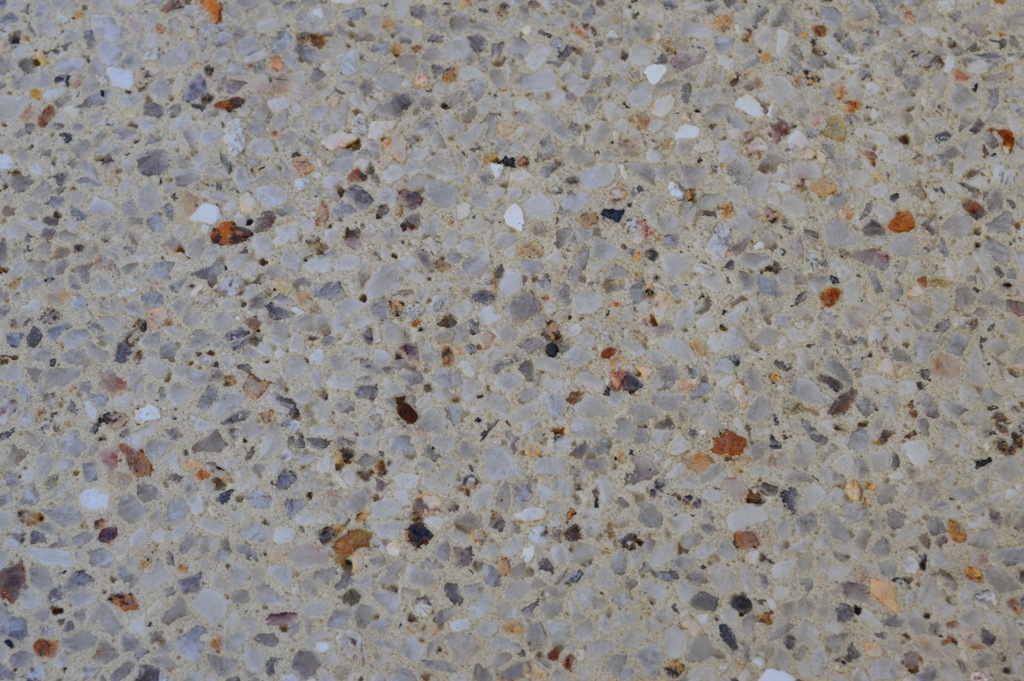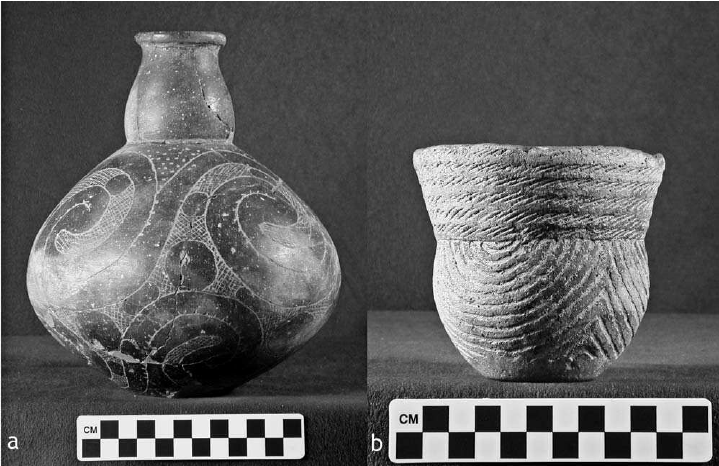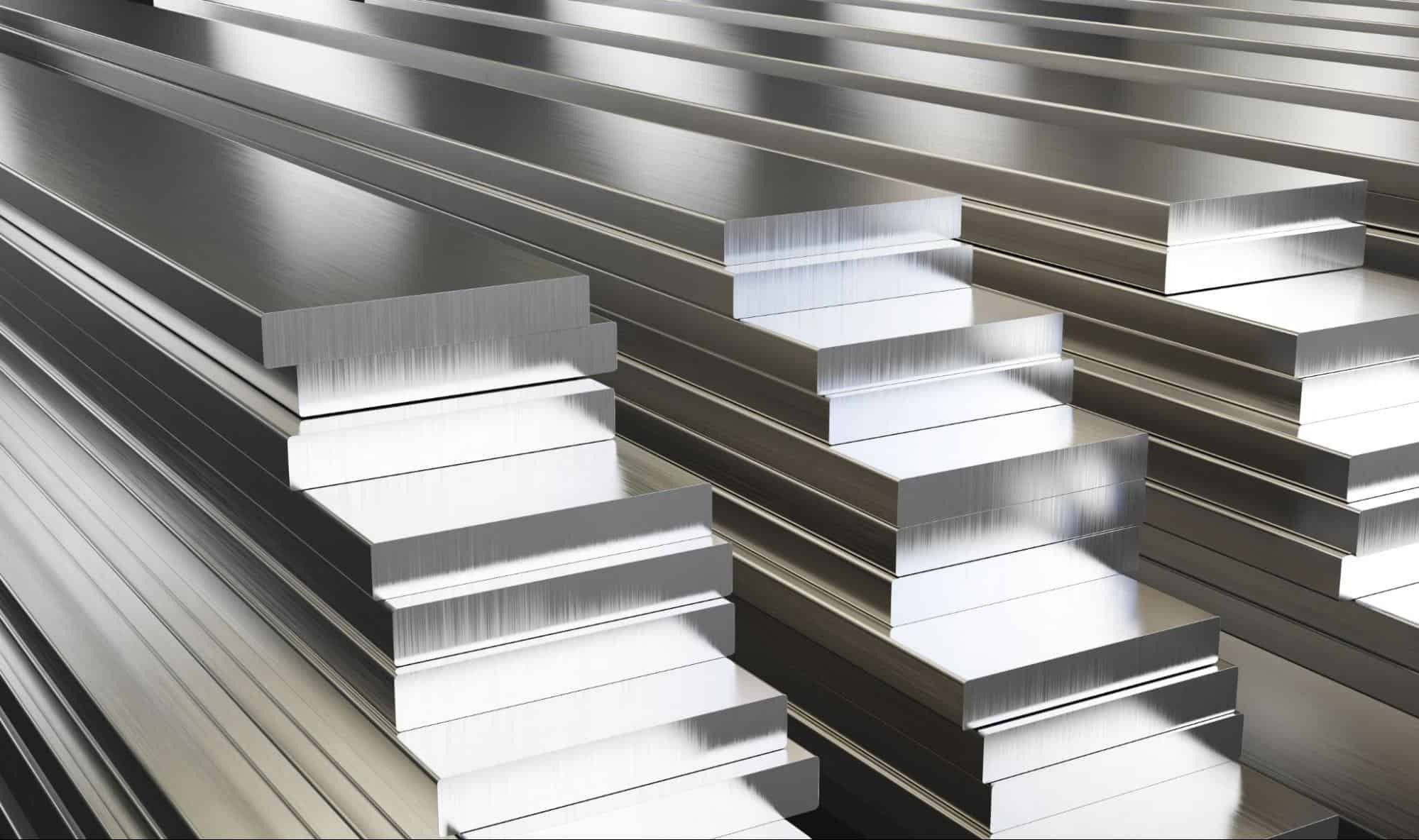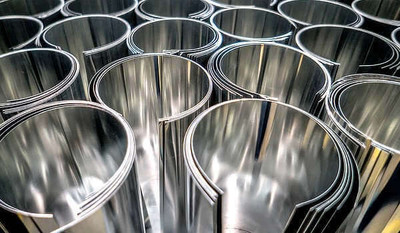Seashells: The Secret Ingredient In Surprising Places
Seashell Supply on 25th Jul 2025
At SeashellSupply we were discussing how seashells are so much more than just beautiful objects that we enjoy just for what they are. I think one of the most well known uses for shellfish, other than delicious food, is the purple dye that is still made from Mediterranean mollusks. Then of course there’s all the art, decor and jewelry that people make from shells. But what are some of the less obvious ways we use seashells in todays world?
Concrete:
Seashells can be crushed and used as a replacement for aggregate (sand and gravel) or as a binder in concrete mixes. This can improve concrete's workability and strength, especially when surface-treated.
As a road surface Seashells offer excellent drainage, allowing rainwater to slowly permeate the ground, preventing runoff and soil erosion. Crushed seashells compact over time, creating a stable and durable surface for pathways and driveways that resists ruts and holes, unlike some gravel options. In places like the South it is also a readily available and eco-friendly material compared to stone gravel.

Lime Production:
Burning seashells can produce lime (calcium oxide), which is used in agriculture, water purification, and metallurgy.
Cosmetics:
Seashell powder is used in some skincare products for its exfoliating properties and mineral content. Glucosamine, an ingredient derived from crustacean shells, may improve collagen production and reduce water loss, thus enhancing skin elasticity and moisture.

Fertilizers:
Seashells can be ground into a powder and used as a soil conditioner, enriching the soil with calcium and other minerals. This is usually referred to as soil amendment. Crushed seashells can be mixed into the soil to improve its structure and nutrient content, especially for acidic soils. It can also help prevent certain pests like slugs.
Catalysts:
Seashells can be used as a catalyst in the production of biodiesel from biomass.
Pottery:
Seashells can be used as a binder in pottery and as a shell temper.

Metal Alloys:
Seashells can be incorporated into metallic alloys to create new composite materials. While seashells themselves aren't metals, they can be used to create composites with metals. Research has been conducted on using seashell powder as a reinforcement material in aluminum alloys.

Corrosion Protection:
Seashells can be used to coat steel to increase its resistance to corrosion.
Seashells are used for raw materials all around us. It's interesting to ponder. Is the road you drive on, the building you work in, or the cream you put on your face made with shells? It may very well be.

